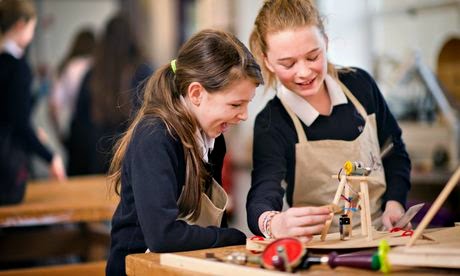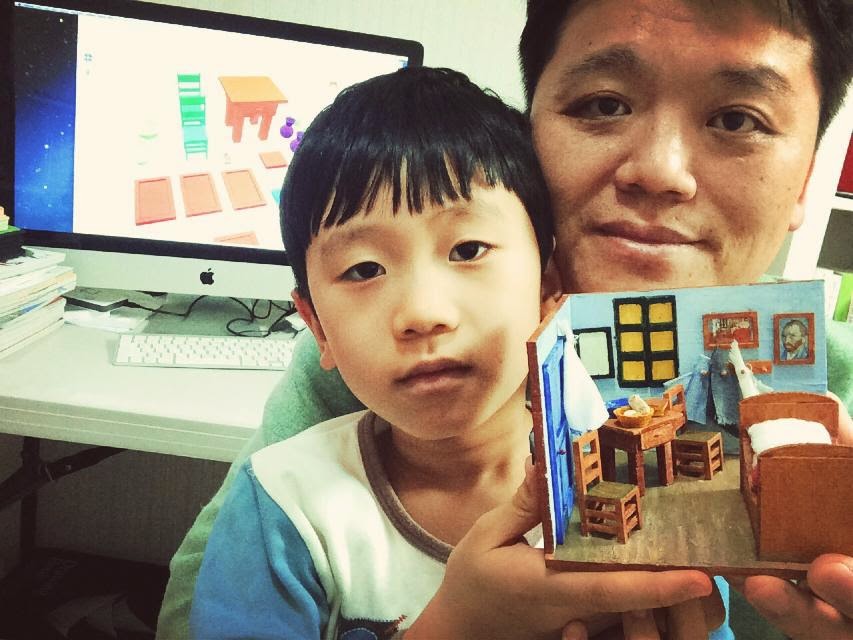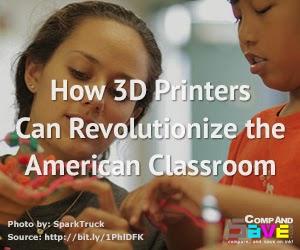How 3D Printers Can Revolutionize the American Classroom
By Denise Resendez
3D printers in all American classrooms – grade schools, technical and professional colleges – will be a reality very soon. In fact there are schools in the country that have already realized the potential of 3D printers as an educational aid. Far thinking educators have already turned these amazing, versatile and futuristic machines into teaching aids.
Creating engaging content, enhancing student creativity, inspiring curiosity, solving problems, creating models and demonstrations – the possibilities from having 3D printers in classrooms are literally endless. Educators have already found that offering students the opportunity to realize a concept or idea quickly into a 3D product can be a very powerful teaching tool. Seeing and holding an object, perhaps can object that a student has helped create obviously delivers a very different learning experience than reading about it or its concept in a text book.
Possible Applications of 3D Printing in Schools
A 3d printer can help create 3D models to actually demonstrate concepts as against merely explaining theory. It is easy to see how this type of hands on learning can be superior to textbook study; the applications in subjects such as history, geography and science are immediately evident: What exactly is a fossil? How about recreating a scaled down version of the Parthenon or the pyramids? What do internal human organs really look like? What are tectonic plates and how does their shifting cause an earthquake? Print out 3 dimensional objects by scanning or downloading them from the net and let students experience a fuller, richer learning experience!
 |
|---|
| Students Enjoying their 3D Printing Project ( Image via 3D Print) |
Another obvious impact of 3D printing would be in art classes, where students’ imaginations can take wing. Abstract, difficult to grasp (and let’s face it, boring for a lot of us) math concepts can come alive. A software program such as OpenSCAD is a free downloadable tool that helps create 3D models using constructive solid geometry and then extrusion of 2D outlines. The program creates 3D models based on STL and OFF file formats.
Product design, engineering and allied professional courses can be introduced to kids at grade school levels with the help of these machines. Early interactions with 3 dimensional printing will spark interest and let kids think out of the box to realize latent potentials. Once study examined how modeling and simulation activities such as 3D printing can demonstrate to students how science operates in the real world, encouraging curiosity and innovation; how it can be better than textbook and didactic learning.
How 3D Printers Are Already Making A Difference
One Ohio school asked 8th graders to use 3D printers to design a solution for a fictional group of space explorers who are attempting to colonize a new planet. Recently, 3 engineering students developed a recycling 3d printer. These University of British Columbia students created a desktop 3D printing device that takes plastic waste and extrudes this into 3D printing material.
The MicroPasts Project, created by the British Museum and the UCL Institute of Archaeology lets students ‘visit’ museums and view artifacts. The project allows educators and students to print 3D models of ancient objects. For instance a teacher can print out an ancient Bronze Age spearhead to demonstrate to the class.
A startup called Artificial is working on a system that will recreate priceless works of art. What the company founder calls Art DNA, will make available to students and others masterpieces recreated from 3D scans of items in museums and private art collections. In South Korea, Seokhee Oh and his son Myung-Jin Oh recreated Van Gogh’s bedroom in Arles. This was for the son’s school project; accomplished using a 3d printer among other things.
 |
|---|
| Father & son recreated Van Gogh’s bedroom using 3D Printer (Image via 3D Printing Industry) |
Boy scouts in at a Massachusetts STEM camp had the opportunity to experience a 3D printing workshop; a program coordinated by NVBOTS and the Boy Scouts of America Boston Minuteman Council. Similarly, the 685-year-old tomb of Scottish King Robert the Bruce, was recently reconstructed using 3D printing.
Educational STEM (Science, Technology, Engineering and Math) Kits were seen to be too expensive for educators Hannah Olson and Laron Walker so these created affordable 3D printable STEM lesson plans. The STEM Kit offers options such as the Rocket Launch Kit, The Density Cube Kit to demonstrate the relationship between mass and density, the DNA Kit to explain the structure and composition of DNA, RNA & proteins, the Catapult to explain projectile motion and the comprehensive the Lab in a Box Kit.
Funding for the application of 3D printing in education is also slated to increase. At the recently held 2015 White House Science Fair, President Obama announced contributions for STEM education from companies and organizations totaling to an amazing $240 million.
What are your thoughts of 3D printers in the class room? Does your child or grandchild attend school that has these teaching aids? If not, would you be interested to have these introduced to the curriculum?
